
A0S01 – Semba at a Glance
Semba, the financial heart of Osaka Semba is said to have been where the worke …
中央区の歴史をパネルにしてみました。江戸時代絵図から現代の写真まで、歴史ある中央区のを絵と写真で解説。
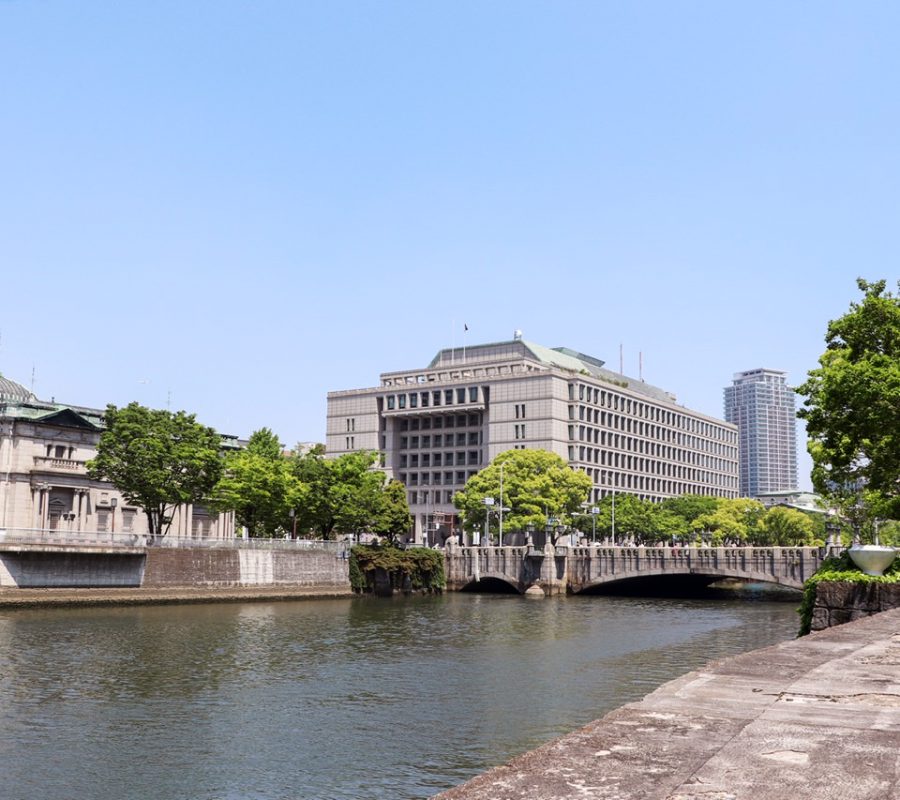
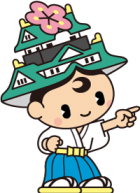
Yodoyabashi Bridge, upon which runs Mido-suji, is named after its supposed builder, Yodoya. Yodoya was a wealthy merchant who did business in the early Edo period (1603-1867). He made his fortune through the timber trade and the development of Nakanoshima, and also built a sprawling mansion on the south side of the current Yodoyabashi Bridge. Yodoya laid the foundation for the development of Osaka as a city of commerce, as evidenced by the example of Gendo, second owner of Yodoya, having established a rice market that would later become the Dojima Rice Exchange. The Dojima Rice Exchange is said to be the origin of Japan’s stock exchange, and it was a global pioneer in the futures exchange as an organization. The prices for rice set at the Dojima Rice Exchange became the standards for rice markets all over Japan.
Yodoyabashi Bridge was rebuilt once after being swept away in a major flood that struck during the early Meiji era (1868-1912), and rebuilt once more with the construction of the Osaka City Tram Sakaisuji Line in 1911. The bridge that stands today is a concrete arch bridge that was built with the construction of Mido-suji in 1935, and in 2008 it was designated as a national Important Cultural Property.
A monument for the Site of Merchant Yodoya Residence can be found on the west side of the south end of Yodoyabashi Bridge. Right next to it you can find a monument of Yodoya, which describes its history and successive owners, and the prosperity of those days.
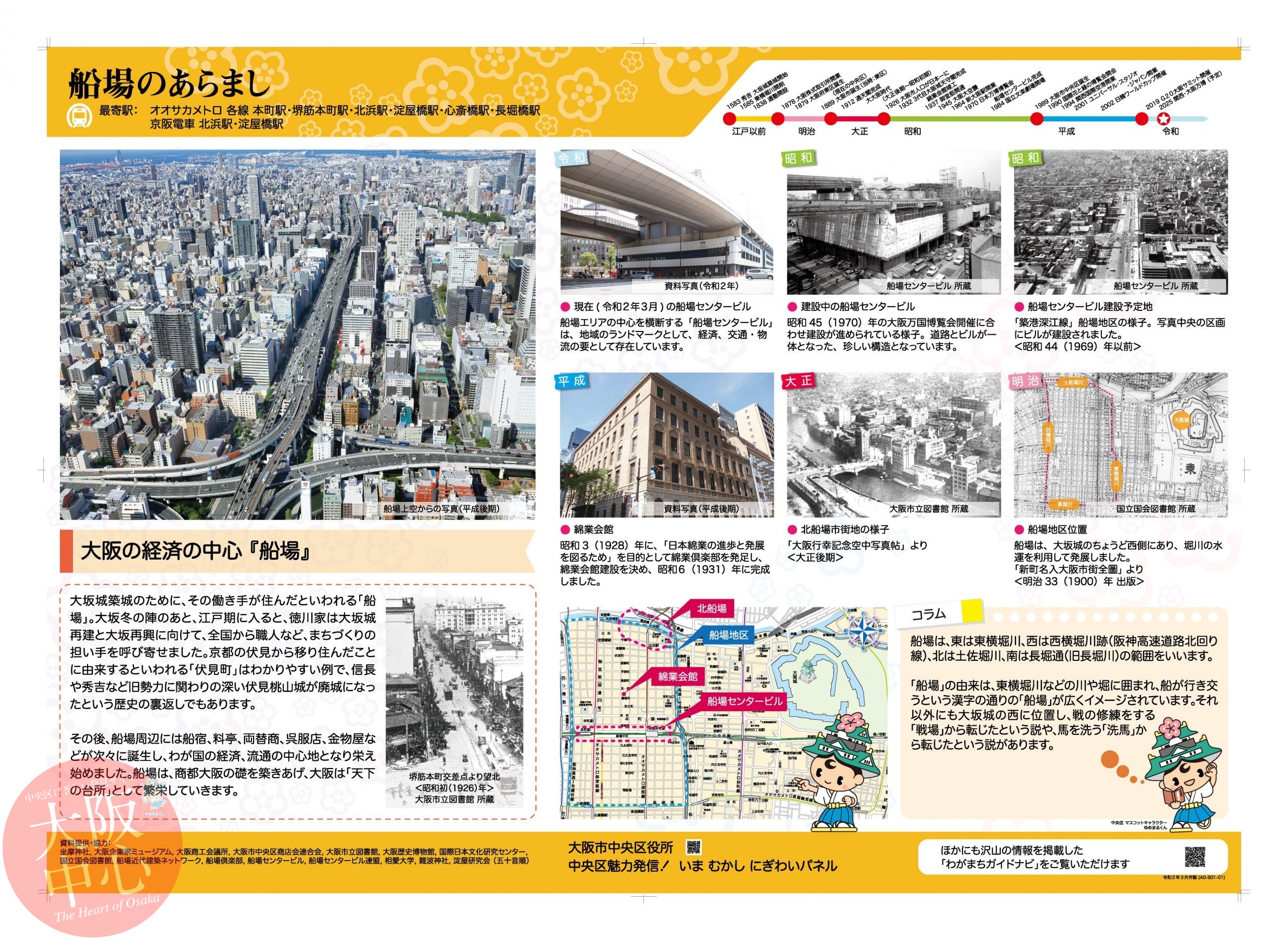
“Semba” became synonymous with the commercial city of Osaka, and around the year 1700, the area flourished as people would proudly boast, “70% of Japan’s wealth is in Osaka, and 80% of Osaka’s wealth is in Imabashi.”
During the Edo period, the vicinity of Osaka Castle was home to mansions and storehouses of lords from all over Japan, and wares from across the country came into the city all at once and were traded. These products were gathered in straw bags and thus called “Tawaramono” (goods in straw bags), and their purchase was restricted to only certain merchants in Nagasaki and Osaka.


Semba, the financial heart of Osaka Semba is said to have been where the worke …
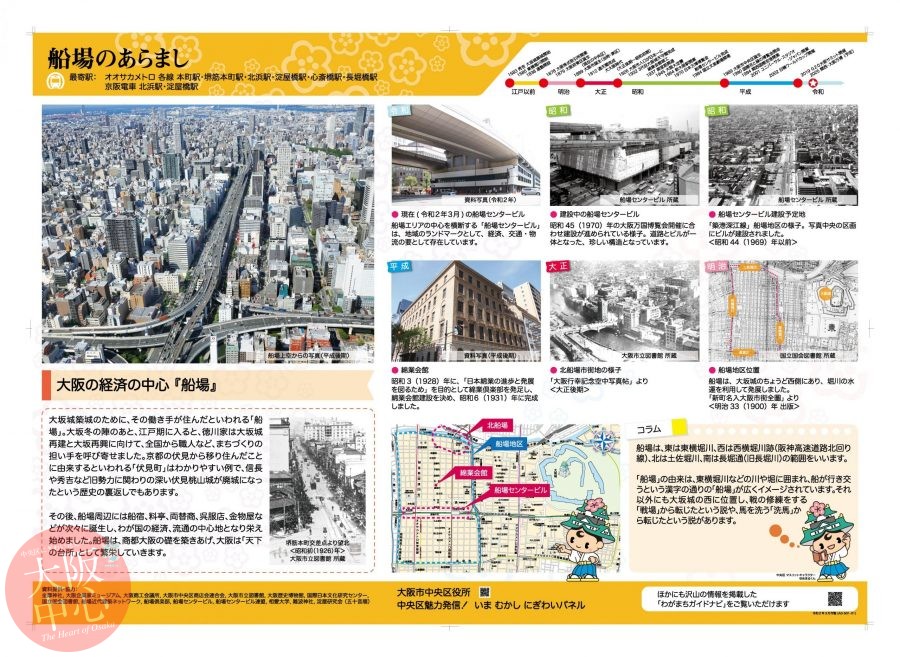
The history of the merchant Yodoya and Yodoyabashi Bridge Yodoyabashi Bridge, …
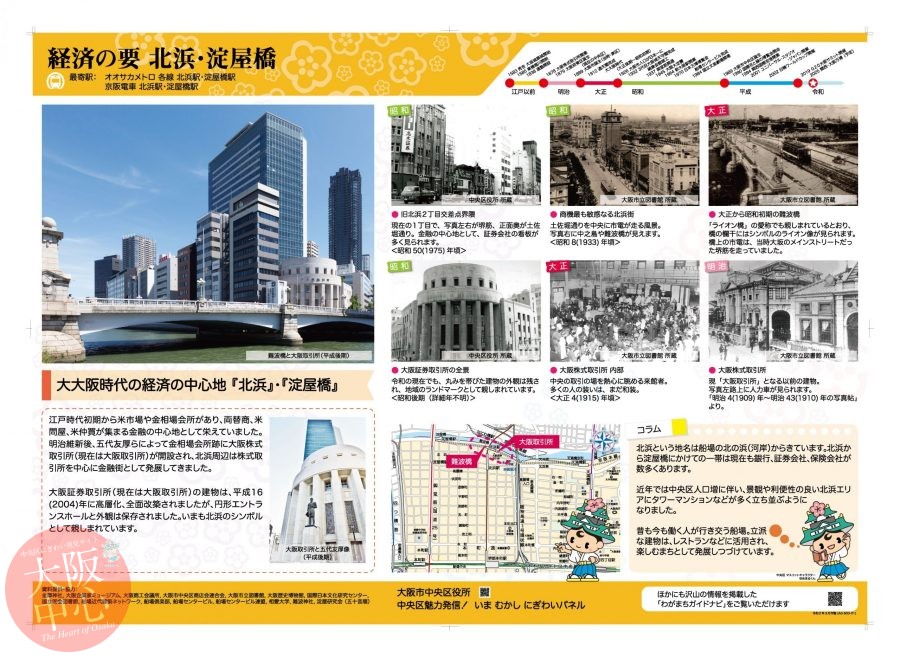
Kitahama and Yodoyabashi were the economic center during the Dai-Osaka (Great …
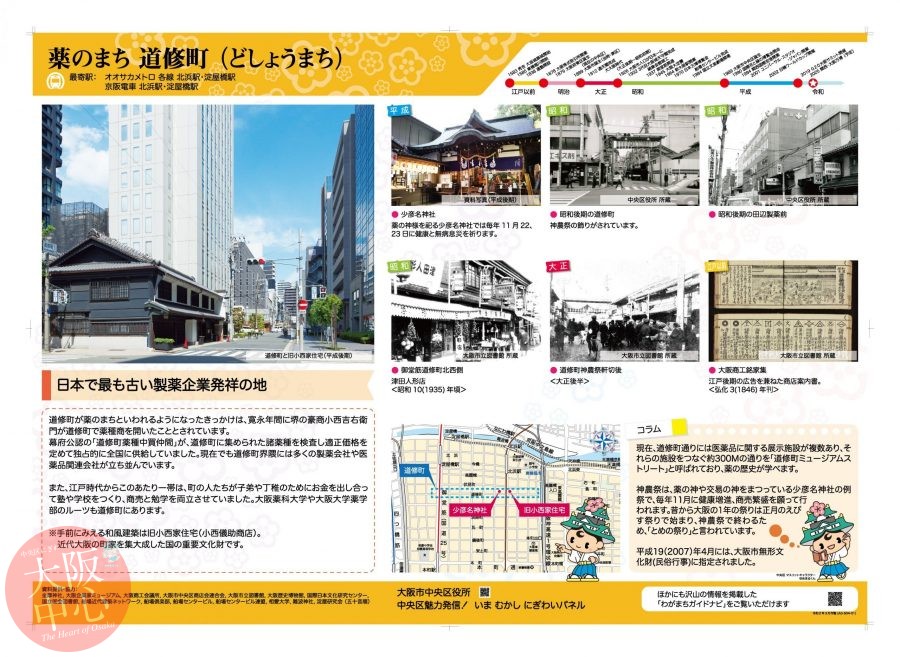
Birthplace of Japan’s oldest pharmaceutical company It is said that Doshomachi …

Semba Center Building and the wholesale district The Semba area, which centers …
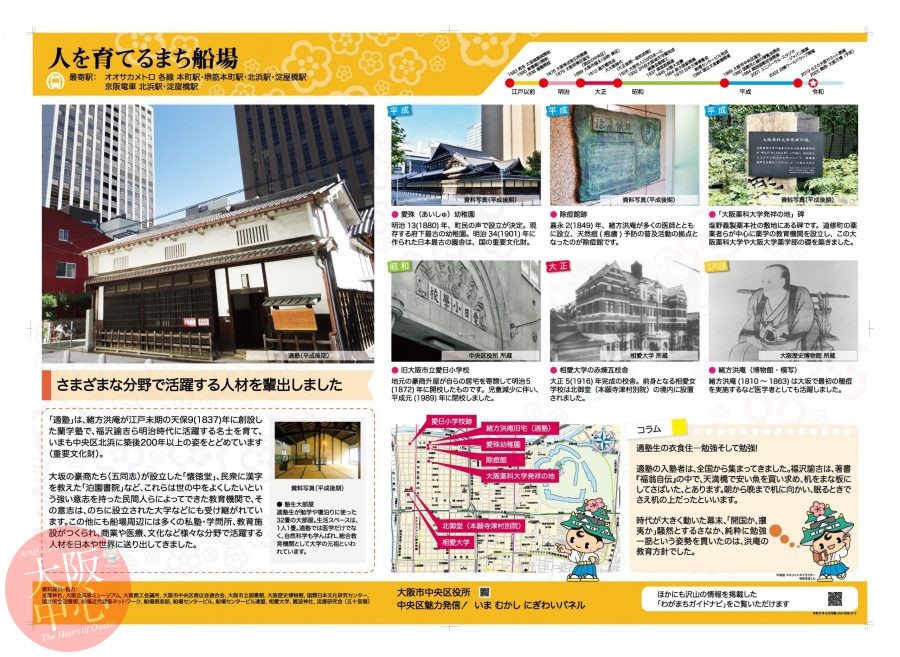
Developing a workforce that contributes to various fields Tekijuku is a Rangak …
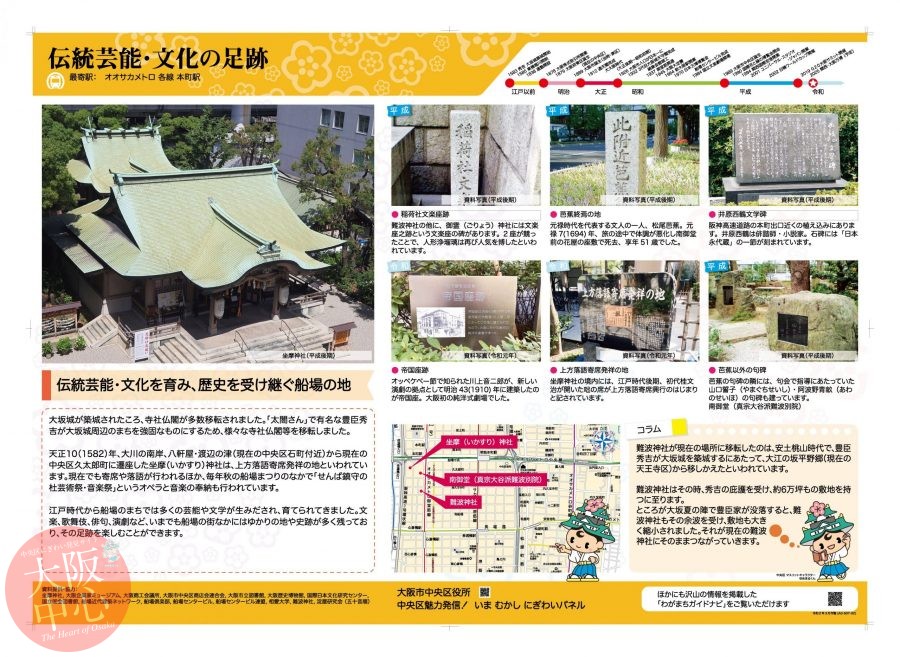
Semba, embracing traditional performing arts and culture and inheriting histor …
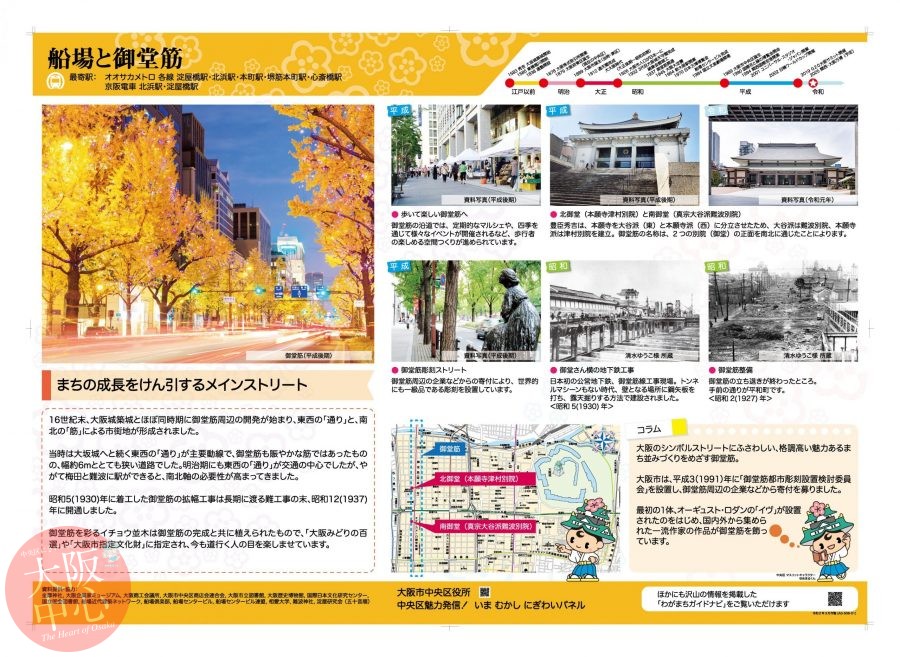
The city’s main street, leading the way to prosperity At the end of the 16th c …
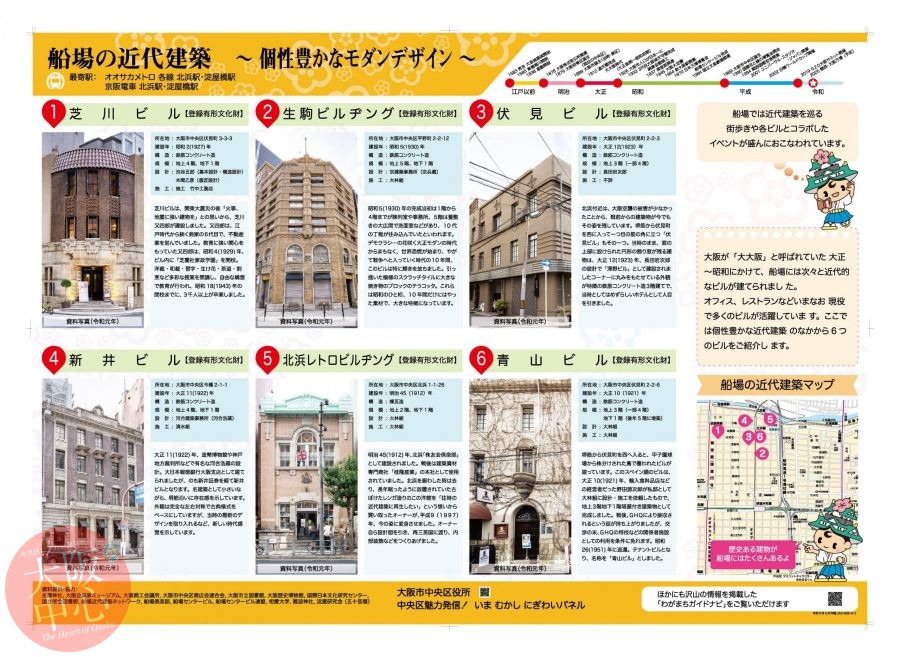
Shibakawa Building (registered as a Tangible Cultural Property) The Shibakawa …
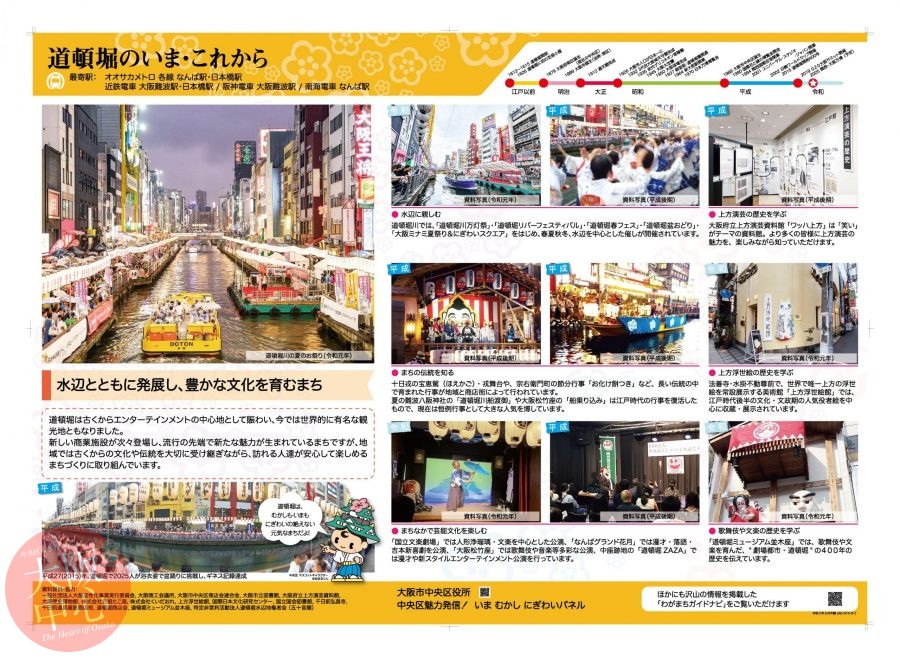
Looking to the future as we inherit and pass on tradition and culture. Semba h …